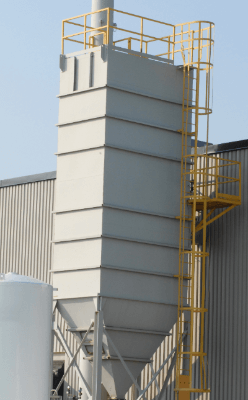What Is a Dust Collector?

Dust collectors are machines designed to remove dust and sediment from various environments. Used in settings such as sewage and drainage facilities, these devices use rake or rotating net methods to efficiently capture and eliminate debris. The choice between a rake-style and a rotating net-style dust collector depends on the specific needs and location of use.
Applications
Dust collectors play a vital role in keeping rivers, streams, and other water bodies clean by removing debris and stagnant materials. They are instrumental in drainage facilities, allowing water to flow naturally while removing unwanted materials. These devices find utility in diverse settings, including agricultural lands, industrial sites, water treatment facilities, and power plants, among others. Enhanced by conveyor belts and suction mechanisms, dust collectors can efficiently transport waste, offering customization through additional features to meet various operational requirements.
Operating Principles
Dust collectors feature a cylindrical roller, known as a rake, fitted with needles that break down and collect debris. Some models feature multiple rakes attached to a chain for continuous operation, allowing for the efficient collection of large amounts of refuse. Dust collectors can also be equipped with screens or nets of varying mesh sizes, adaptable to the type and size of debris being targeted, ensuring comprehensive removal.
Types
Dust collectors come in several forms, including rotary and reciprocating rake styles, with options for stationary or mobile operation. Net dust collectors, available only in rotary models, can be aligned parallel or perpendicular to the channel axis, with dual-flow and straight-flow configurations offering different water flow directions. These devices are further divided into separate and endless net styles, catering to specific debris removal needs.
Selection Criteria
When selecting a dust collector, considerations include the rake’s movement direction and the device’s compatibility with existing infrastructure. Rake collectors vary in their debris collection methods, with some optimized for small debris and others capable of handling larger objects. The choice often depends on the existing screen setup and the size of debris common to the site.
Design Considerations
The construction of dust collectors involves considerations for screen width, material composition, and environmental exposure. Materials like SS400 steel are common, with special coatings applied for parts submerged underwater or exposed outdoors. Stainless steel options are favored for their durability and extended service life. Manufacturing processes include welding and machining, with specific requirements for paint type and thickness to ensure longevity and performance.